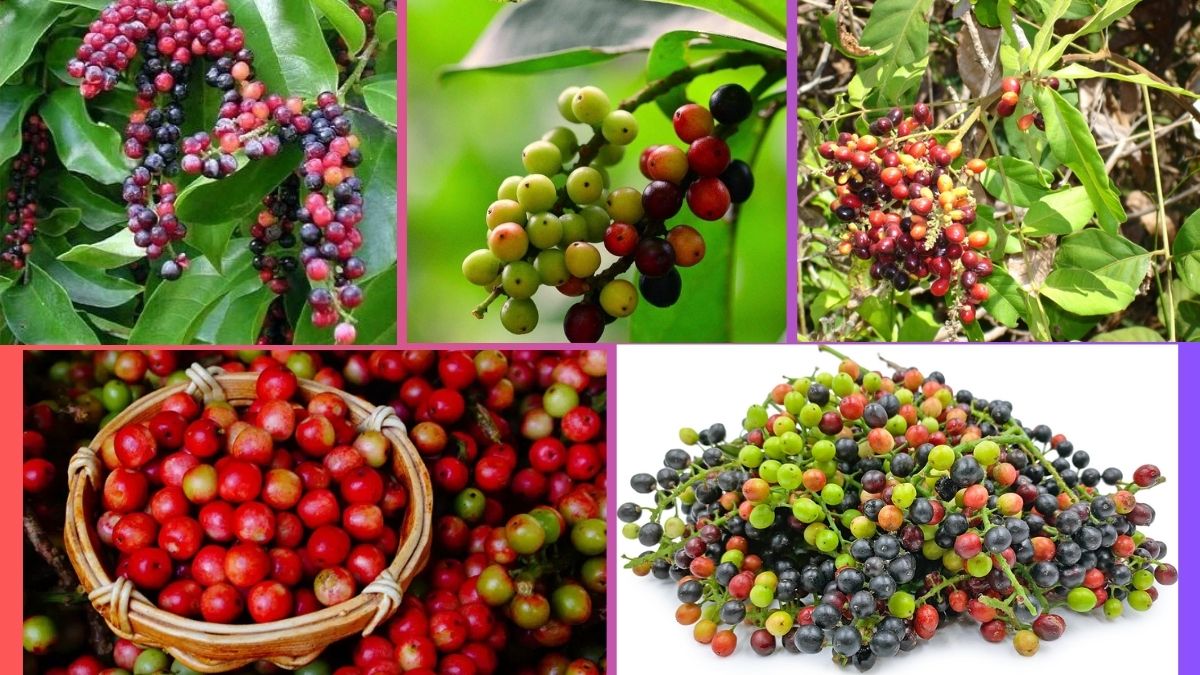In the colorful world of tropical fruits, few are as culturally rich and nutritionally valuable as Bignay. Scientifically known as Antidesma bunius, Bignay is a small, tart berry native to Southeast Asia and parts of northern Australia. Though relatively unknown in the West, it’s cherished across Asian countries for its culinary uses, medicinal benefits, and potential as a superfruit.
Known for its clusters of tiny, reddish-black berries and refreshing, tangy-sweet flavor, Bignay is made into jams, wines, vinegar, juices, and health tonics. As global awareness of indigenous fruits and natural health products rises, the question emerges:
Which country is the largest Bignay producer globally?
The clear answer, supported by historical, agricultural, and economic data, is the Philippines.
This article will explore Bignay’s origins, botanical characteristics, cultural importance, production zones, trade significance, and why the Philippines leads global Bignay production.
What is Bignay?
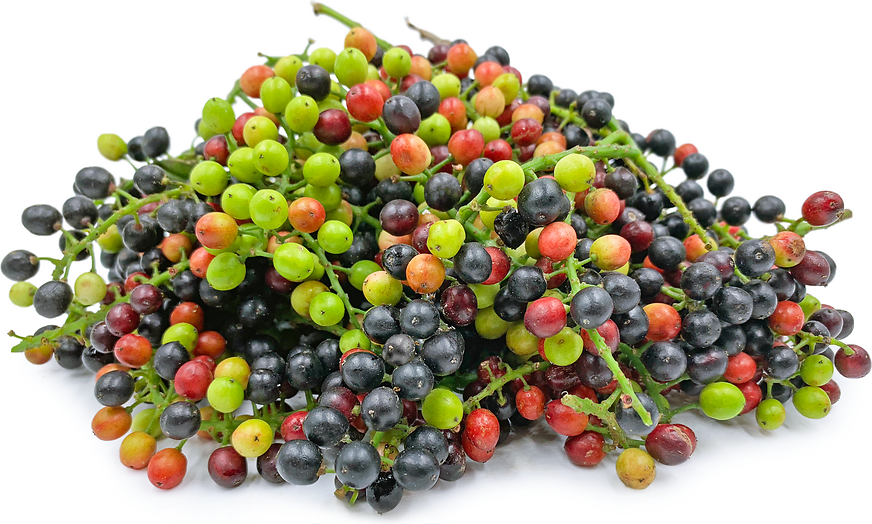
Bignay (pronounced big-nigh) is a tropical evergreen tree that can grow up to 20 meters tall, producing long grape-like clusters of tiny berries. The fruits start off green, turning red, then deep purple-black when fully ripe.
The tree thrives in warm, humid tropical climates and is prized for:
- Its edible berries
- Glossy green leaves
- Ornamental value
- Use in traditional medicine
The berries have a tart flavor, often compared to cranberries or sour cherries when raw but mellow and sweetened when processed.
History and Cultural Importance
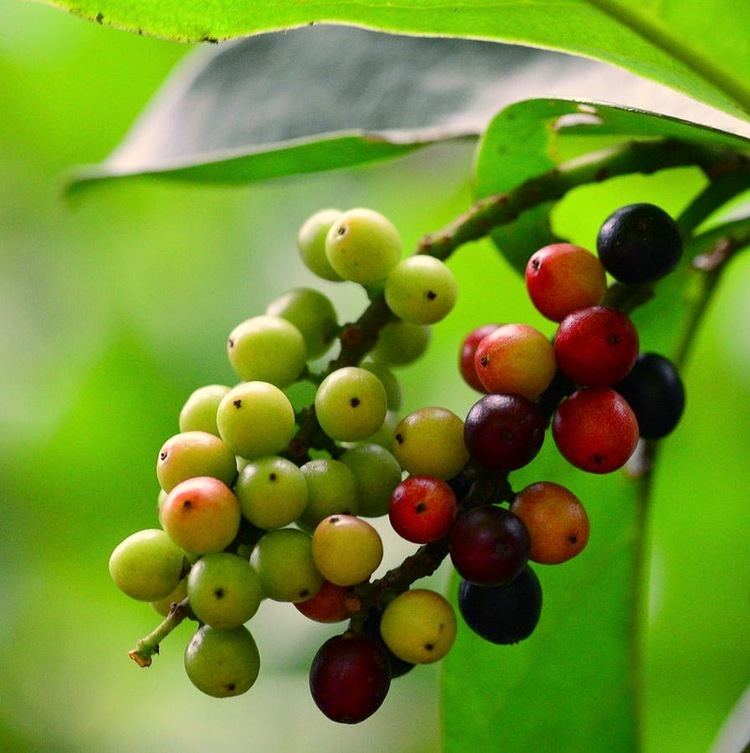
Bignay has deep roots in Southeast Asian agriculture and culinary traditions, particularly in the Philippines, Indonesia, Thailand, and Malaysia. In the Philippines, it’s considered a heritage fruit and has been cultivated since ancient times by indigenous communities.
For centuries, Bignay has been:
- Consumed fresh or as preserves
- Fermented into locally prized wines and vinegars
- Used in folk medicine for treating ailments like high blood pressure, digestive issues, and urinary tract infections
- Revered for its health-boosting antioxidants and anti-inflammatory properties
In modern Filipino markets and homes, Bignay remains a seasonal favorite and a signature ingredient in artisan wines and jams.
Where is Bignay Grown Globally?
Ideal Growing Conditions
Bignay thrives in:
- Lowland tropical to submontane regions
- Temperatures between 22°C–32°C (72°F–89°F)
- Well-drained, slightly acidic to neutral soils
- Areas with 1,500–3,000 mm annual rainfall
Its drought tolerance and resistance to pests make it ideal for mixed agroforestry and smallholder systems.
Major Bignay Producing Countries
Globally, Bignay is grown in:
- Philippines (largest and most organized)
- Indonesia
- Thailand
- Malaysia
- Vietnam
- Northern Australia
Among these, the Philippines far outpaces other nations in both cultivation area and commercial-scale production.
Why is the Philippines the Largest Bignay Producer Globally?
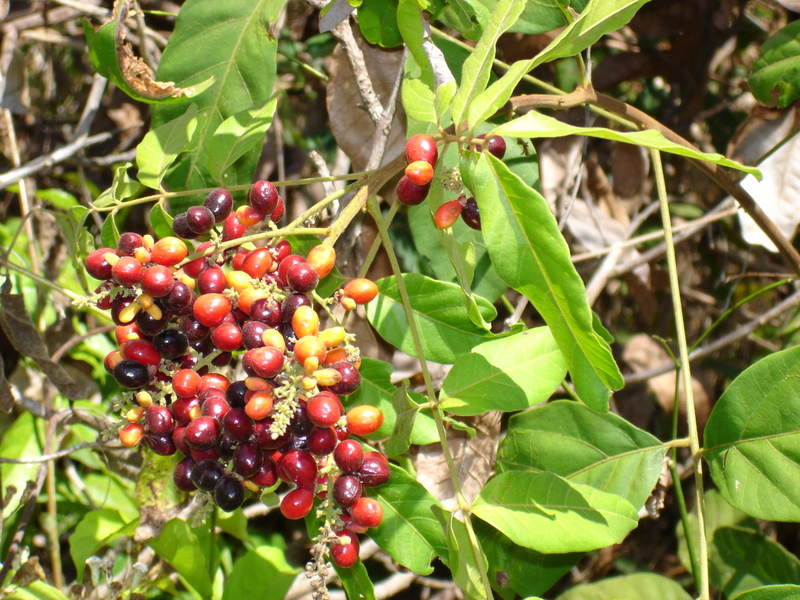
Several key factors explain the Philippines’ leadership in global Bignay production:
Indigenous Cultivation and Naturalization
Bignay is native to the Philippines, where it grows both wild in lowland forests and is cultivated in home gardens and orchards. Its naturalization throughout the archipelago makes it widely available in both rural and urban markets.
Ideal Climatic and Soil Conditions
The Philippines’ humid tropical climate, volcanic soils, and rainfall patterns create ideal conditions for high-yield Bignay production, especially in:
- Southern Luzon (Batangas, Laguna, Quezon)
- Eastern Visayas
- Northern Mindanao (Bukidnon, Davao)
- Palawan
These regions combine ample rainfall with well-drained, fertile soils suited for perennial fruit trees.
Culinary and Cultural Demand
In the Philippines, Bignay is highly sought after for:
- Fresh consumption
- Artisan wines (locally known as Bignay wine)
- Jams, preserves, and vinegar
- Health tonics and teas
Seasonal festivals and cultural events often feature Bignay-based products, keeping local demand strong.
Commercial Infrastructure and Processing
The country has invested in:
- Bignay wine processing centers
- Fruit preservation cooperatives
- Agroforestry programs integrating Bignay
This infrastructure supports both fresh fruit markets and value-added product exports.
Bignay Production Statistics
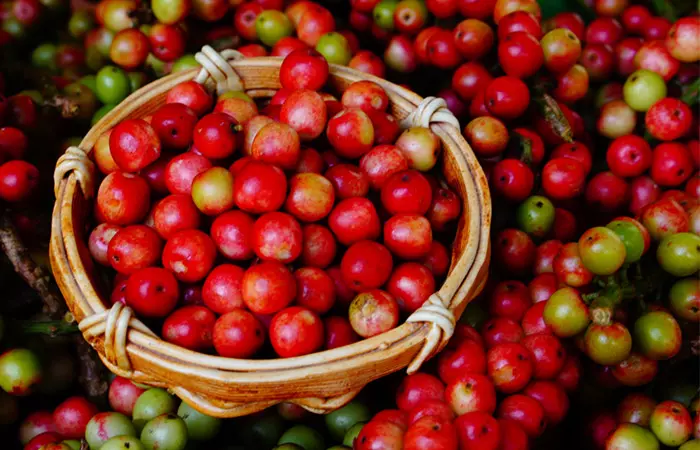
Though comprehensive global production data for Bignay remains limited due to its regional cultivation, agricultural trade estimates indicate:
- The Philippines produces over 3,000–4,000 metric tonnes annually, the highest volume worldwide.
- Other Southeast Asian countries produce in much smaller quantities, often for local consumption.
- Mindanao and Southern Luzon account for over 60% of Philippine Bignay production.
Bignay’s informal market trade and wide distribution across home gardens and small farms add to its substantial, though under-recorded, production volume.
Nutritional and Health Benefits
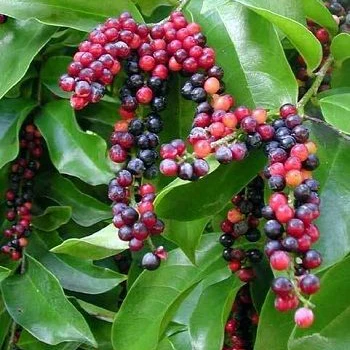
Bignay is highly valued for its nutritional richness and medicinal properties:
- High in antioxidants (anthocyanins, flavonoids, resveratrol)
- Rich in vitamin C and dietary fiber
- Contains potassium, calcium, and phosphorus
Health Benefits
Traditional medicine and modern studies attribute several benefits to Bignay:
- Lowers blood pressure and cholesterol
- Supports heart and vascular health
- Aids digestion and promotes gut health
- Provides anti-inflammatory and anti-aging effects
- May assist in blood sugar management
Its antioxidant compounds help combat oxidative stress, making Bignay a valuable functional food ingredient.
Culinary and Commercial Uses
Bignay’s versatility allows it to be transformed into:
- Fresh table fruit
- Bignay wine — a light, sweet, ruby-red wine, popular in Philippine bars and festivals
- Jams, jellies, and preserves
- Vinegars and syrups
- Tea infusions and health tonics
Artisan winemakers and organic farmers have increasingly embraced Bignay as a signature product, promoting its health properties alongside its culinary appeal.
Export Markets and Global Potential
At present, Bignay is primarily consumed domestically within Southeast Asia, with limited exports of wines and preserved products from the Philippines to:
- United States (Filipino expatriate communities)
- United Arab Emirates
- Canada
- Japan
With growing international demand for superfruits and organic health products, Bignay presents an opportunity for expansion, particularly in:
- Functional beverages
- Antioxidant supplements
- Specialty wines
Its unique color, flavor, and health-promoting compounds position it well for health-conscious and gourmet markets abroad.
Conclusion
To definitively answer the thesis question:
The Philippines is the largest Bignay producer globally.
Thanks to its:
- Native origin
- Favorable tropical climate
- Strong cultural and culinary demand
- Well-developed artisan wine and preserve industries
- Widespread home and farm cultivation
the Philippines dominates global Bignay production, far surpassing other Southeast Asian nations.
As the market for tropical superfruits grows, the Philippines’ leadership in Bignay production offers valuable opportunities for both domestic prosperity and export-driven growth, positioning Bignay as a niche but promising player in the global health food and specialty fruit markets.
